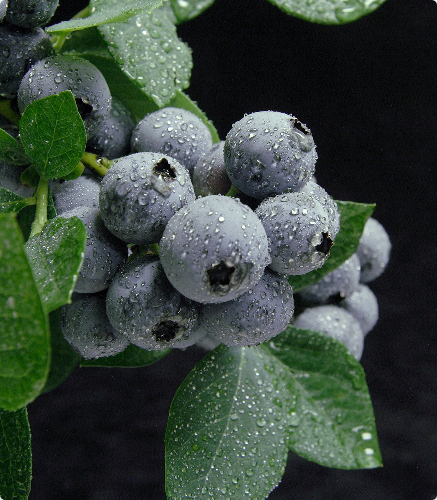Florida’s blueberry production, harvest and shipping season is well under way. Doug Phillips, the University of Florida Institute of Food and Agricultural Sciences (UF/IFAS) statewide blueberry Extension coordinator, discusses blueberry production in Florida.

Q: In addition to Sentinel, what are some the latest blueberry varieties from UF/IFAS? What makes them interesting to the consumer? How about for the producer?
A: More recent UF/IFAS releases include Optimus. Machines pick it very well, and it has firm, sweet fruit. Others include Arcadia and Avanti for the evergreen system; Colossus for north-central and central Florida; and Magnus, which is best suited for north-central Florida. Detailed information, including yield, fruit quality data and other material is available here and in the UF/IFAS Blueberry Growers Guide app.
Q: What are market conditions for Florida blueberry producers?
A: Florida has the first U.S.-produced blueberries to reach the domestic market in early spring. Harvest generally begins in March in the south-central and central regions and continues through early May when market prices decline. This market window is when prices are typically the highest, which is an advantage for Florida growers.
Q: How do growers cope/manage potential obstacles/challenges?
A: While large companies might dedicate entire teams focused on each area, most Florida producers rely on the information and support provided by UF/IFAS. UF/IFAS has several production resources available to commercial blueberry growers, including multiple EDIS publications addressing many of the items. Links can be found at https://www.blueberrybreeding.com/blog, and the UF/IFAS Blueberry Growers Guide app (available for both iOS and Android systems), which includes a scouting guide, monthly management calendar for Florida growers, and a cultivars module with detailed information on UF/IFAS southern highbush blueberry releases.
Q: How has blueberry breeding changed over the years?
A: Historically, blueberry breeding has involved a method called recurrent phenotypic selection, where parents with favorable characteristics are crossed. Over time, offspring with the most favorable characteristics are selected to advance through a multi-stage selection process. Some of these favorable offspring are also used as parents in subsequent breeding cycles. The goal is to increase the favorable characteristics of the breeding program’s germplasm. This process works well but could take 12 to 15 years – and a lot of resources — to develop a new cultivar. In more recent years, different strategies, methods and techniques have been implemented in breeding programs to accelerate the process of identification of superior parents and individuals that can become cultivars. One of these is Genomic Selection, a method that uses genetic markers and statistical methods. The process of developing a cultivar is still long, as we still need to test the candidates in multiple commercial locations and management practices, but now it can take us six to 10 years.










